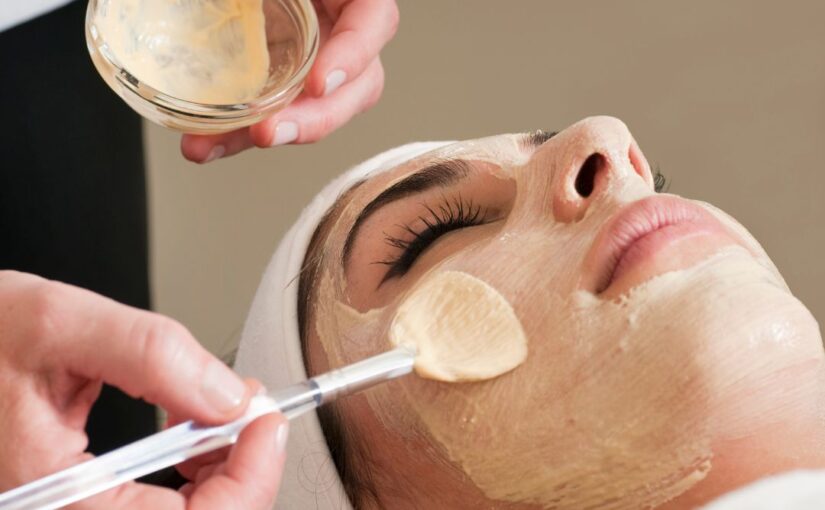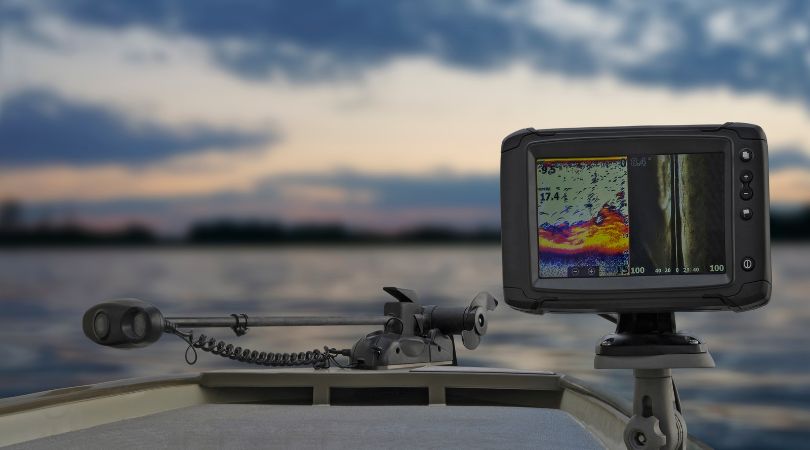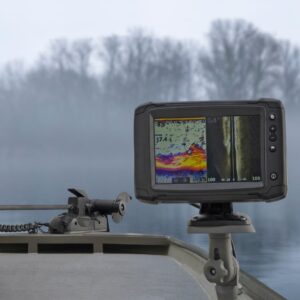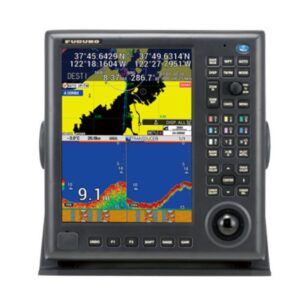A prescriptive facial is a type of facial that is tailored to your individual skin needs. Our prescriptive facials go beyond relaxation and general skin health maintenance, as they utilize techniques like deep cleansing, exfoliation, and the application of targeted serums or masks. With a focus on customization, our facials aim to address your exact skin care needs, providing a personalized solution for optimal results. I know that you might be looking for high-quality facials in Warrington, our spa offers a wide range of treatments tailored to your specific skin concerns.
 A prescriptive facial is a skin treatment that takes into account your specific skin type. It starts with a professional skin analysis to determine your individual needs, followed by deep cleansing, exfoliation, and extraction of the pores if needed. This can be followed by masks, serums, and moisturizers specifically aimed at addressing certain concerns such as dehydration, dullness, breakouts, or fine lines.
A prescriptive facial is a skin treatment that takes into account your specific skin type. It starts with a professional skin analysis to determine your individual needs, followed by deep cleansing, exfoliation, and extraction of the pores if needed. This can be followed by masks, serums, and moisturizers specifically aimed at addressing certain concerns such as dehydration, dullness, breakouts, or fine lines.
The goal of a prescriptive facial is to provide customized treatments that target your exact skin concerns and give you the best results possible. The end result should be healthy, vibrant, and clear skin that looks it’s absolute best. Your esthetician can also make product recommendations for you to use in between visits to help maintain the results of your facial.
If you are considering a prescriptive facial, it’s important to get one from a professional esthetician who can assess your skin and recommend the best treatment plan for you. Your esthetician should also explain exactly what they’ll be doing during the facial so that you know what to expect. With the right professional and tailored approach, you can enjoy healthy, glowing skin for years to come.
Benefits of a Prescriptive Facial
 Prescriptive facials offer many benefits for those looking to address specific skin concerns. These treatments can help to improve the appearance of wrinkles, fine lines, acne scarring, sun damage, and more. With customized treatments, clients can also expect a more effective result as the facial is designed to address their exact needs.
Prescriptive facials offer many benefits for those looking to address specific skin concerns. These treatments can help to improve the appearance of wrinkles, fine lines, acne scarring, sun damage, and more. With customized treatments, clients can also expect a more effective result as the facial is designed to address their exact needs.
At most spas, clients may be able to receive a prescriptive facial which includes consultations with an experienced aesthetician. During this consultation, the aesthetician will discuss any skin concerns and listen to your individual goals for the treatment, allowing them to create a personalized plan for you. This is especially beneficial for those who have specific skin conditions or needs as the facial can be tailored accordingly.
Prescriptive facials can also help to improve your overall complexion, leaving you with healthier-looking and more radiant skin. Not only that but clients can expect long-lasting results as these treatments tend to provide an intense boost of hydration and nourishment to the face. To ensure optimal results, it is recommended that prescriptive facials are repeated once every four to six weeks.
If you’re looking for a personalized solution to address your specific skin care needs, then a prescriptive facial may be the perfect choice. With its customized treatments and long-lasting results, it is no wonder why this type of facial has become increasingly popular in recent years.
Conclusion
A prescriptive facial is an excellent option for those looking to address specific skin concerns. With its tailored treatments and long-lasting results, this type of facial can provide the perfect solution to a variety of skin care needs. And with the help of an experienced aesthetician, you can be sure that your individual goals and needs are taken into account to provide you with the best possible results.



